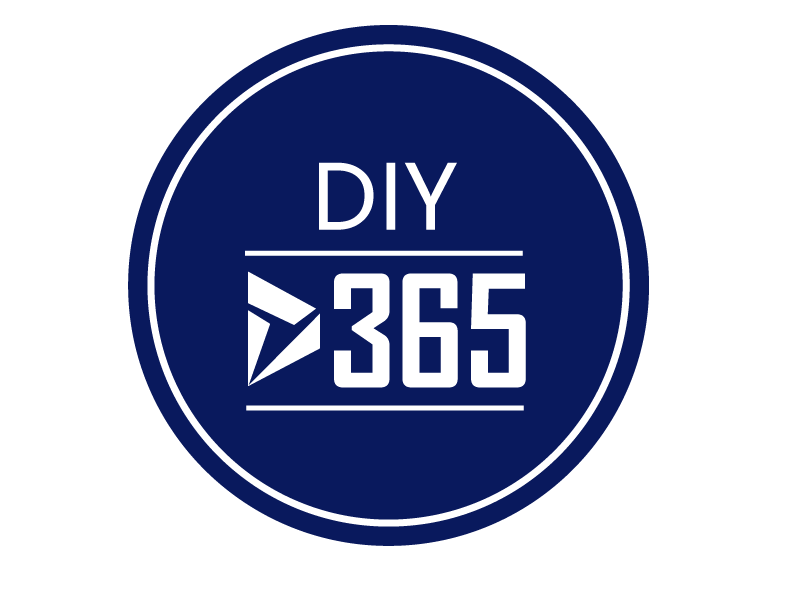Hi Readers
This will be a crisp read but it covers all information to set up power pipelines as of January 2023.
We are going to explore ‘Power Pipelines’ today. It is a part of power platform ALM.
Both makers and developers can use it.
What is it?
My definition: Automate solution deployment in power platform including Dynamics 365 CE apps.
Microsoft’s Version: Pipelines in Power Platform aim to democratize application lifecycle management (ALM) for Power Platform and Dynamics 365 customers by bringing ALM automation and continuous integration and continuous delivery (CI/CD) capabilities into the service in a manner that’s more approachable for all makers, admins, and developers.
Current Status: Preview (do not use for production environments)
Expected General Availability: Unknown
Prerequisites
•Managed environments only
•Power Platform admin or DataVerse Admin
•Minimum environments 3 but recommended 4
•Must have a DataVerse database
Limitations
•Does not work on environments of type ‘Developer’
•Does not work on environments in different geo-locations
•D4T is not supported
•Preview
Steps
Step 1: Create a host environment for pipelines
Step 2: Go to resources
Step 3: Install Dynamics 365 Apps i.e., Power Platform Pipelines
Step 4: Create pipelines in host environment
Note: Two new security roles are created automatically
Useful References
•Overview of pipelines – https://learn.microsoft.com/en-us/power-platform/alm/pipelines
•Managed environments – https://learn.microsoft.com/en-us/power-platform/admin/managed-environment-enable
Watch the demo
Download the PDF


One thought on “Power Pipelines Explained (Step by step)”